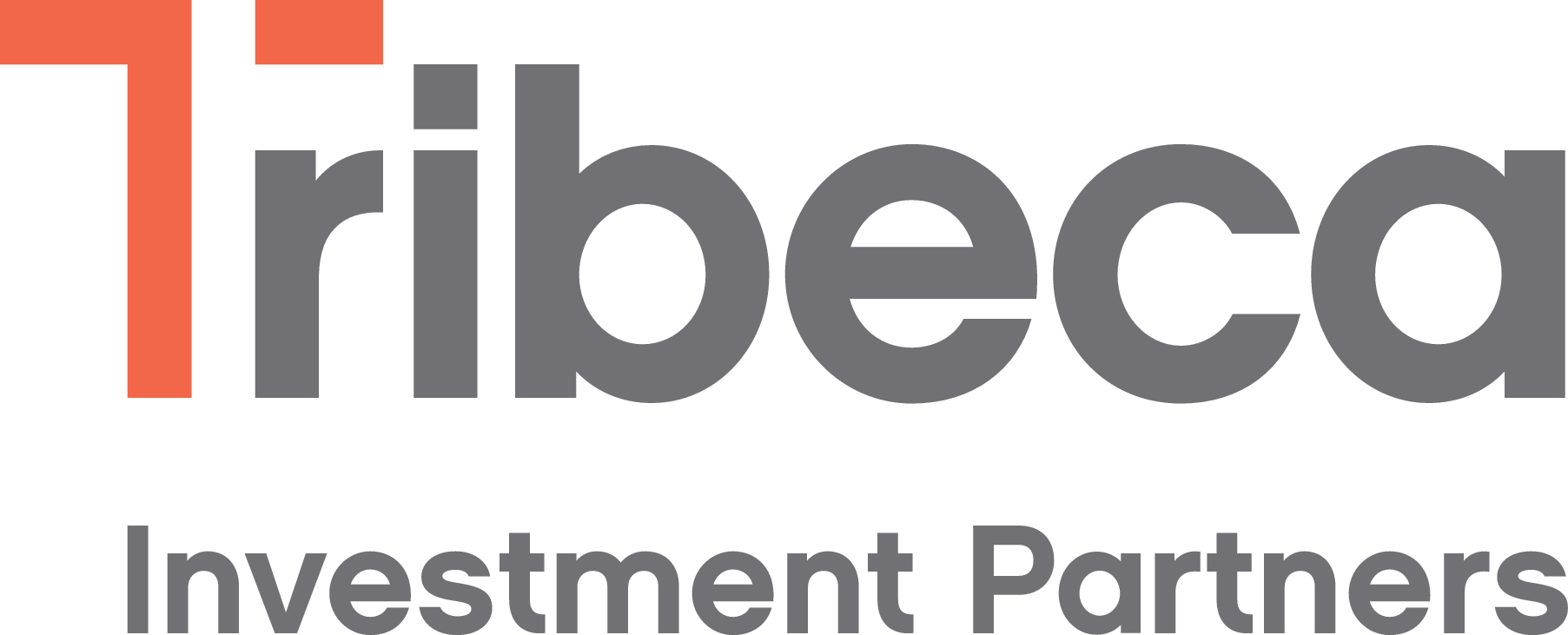How to target ASX growth stocks (and 4 ideas that stand out from the pack)
As the father of two young boys aged under 10, Easter is a fun time in my household. It culminates with Sunday lunch but the highlight - at least in the boys' eyes - is the traditional easter egg hunt, whereby my wife and I brace the typically brisk Melbourne weather at 5 am, to lay out in the garden what seems like an endless supply of eggs.
My wife likes to make it easy for the boys, whereas I usually make things more challenging - under rocks, in places they can see but can't reach, etc.
You might ask - "What on earth does this have to do with growth stocks?" Well, with markets rallying, rates potentially having peaked, and growth stocks once again all the rage, it's important to have a process to identify high-quality growth stocks - you don't want to go looking for rockets under rocks and you don't want to buy something that is only hot for a minute.
In that vein, I've dusted off some factors that I used when I was building portfolios and hunting for growth stocks, and also asked a couple of fund managers to chime in with their key factors, as well as some stocks that they like.
Factor screening
Whilst far from exhaustive, below are a couple of factors that can be important in identifying growth stocks;
- Sales growth 1-year forward greater than 15% - the lynchpin of any growth company; it must have strong sales growth from one period to the next
- EPSg 1-year forward greater than 10% - always want to see strong earnings per share growth to complement the sales growth
- EBITDA margin 1-year forward greater than 10% - expanding margins are important for growth companies as they scale up
- ROE 1-year forward greater than 10% - ROE is a quality filter, measuring how efficiently a company generates its profits
- FCFg latest greater than 10% - Free cash flow is super important - lack of cash flow can cripple any business, let alone one trying to grow
Using an investment analysis tool, we found 25 stocks that fit our criteria. The data is as of the end of March.
Based on the list above, we asked Jun Bei Liu from Tribeca Investment Partners and James Abela from Fidelity International the following three questions;
- What factors do you think are most important when assessing growth stocks?
- Are there any growth stocks from the list above that you like?
- What is the one growth stock that you particularly like and why?


- What factors do you think are most important when assessing growth stocks?
Growth companies, often referred to as long-duration businesses, derive much of their current value from anticipated future earnings rather than immediate returns. When evaluating these companies, projections typically extend over a minimum of five years. The valuation criteria vary depending on the growth stage of the business.
For early-stage innovative growth firms, the focus lies on their potential to disrupt markets and the size of their addressable market. As these businesses mature, attention shifts towards sustained top-line growth and improved margins, often driven by economies of scale.
Metrics such as Return on Equity (ROE) and operating margins gain significance.
In all growth companies, however, ongoing reinvestment in business operations is crucial for sustaining innovation and driving operational efficiencies over time. When growth appears to be driven mainly by cost-cutting measures, it often raises concerns because it could be that management is prioritising short-term gains at the expense of long-term sustainability. Ultimately, sustainable market leadership and growth are unlikely to be achieved if the core business is compromised by cost-cutting tactics.
2. Are there any growth stocks from the list above that you like?
Goodman Group (ASX: GMG)
Among the list of high-quality growth businesses, Goodman Group stands out at the top of the list. Born as an industrial property specialist here in Australia, Goodman has successfully expanded its operations globally, delivering consistent growth for investors over decades. The company has curated an impressive portfolio of capital partners and a global clientele comprising blue-chip companies, showcasing an impeccable track record of execution. Goodman has become a core investment for many seeking growth opportunities, particularly within the listed property sector.
In recent years, Goodman Group has also emerged as a formidable player in the data centre market, boasting an extensive pipeline projected over the next 5-10 years.
This expansion has garnered significant interest from both blue-chip clients and capital partners, eclipsing smaller data centres such as NextDC. We believe Goodman's foray into data centres is poised to drive double-digit earnings growth over the next decade, further solidifying its position as a key player in the industry.
3. What is the one growth stock that you particularly like and why?
Our core holding Pro Medicus (ASX: PME), a health software company, is our highest conviction growth company in the Australian market. It is a leading provider of software solutions for hospitals to manage the rapidly growing diagnostic imaging data sets with the group's streaming technology offering a clear advantage over competitor offerings.
Pro Medicus’ Visage software offers near-instantaneous access to state-of-the-art diagnostic tools from virtually any location while many competitors are using legacy compress and send solutions which reduce the productivity of doctors.
Pro Medicus has also demonstrated its ability to deploy software in the cloud effectively, despite the ever-growing size of image files. Cloud deployment not only enhances security but also facilitates accessibility for health providers of all sizes by eliminating the need for expensive on-premise hardware maintenance.
Despite an impressive customer base, Pro Medicus currently holds only a 7% market share in the US, showing significant room for expansion. Additionally, the company is diversifying its software offerings to cater to other medical departments, starting with cardiology. The recent demonstration of its new cardiology software at a conference and subsequent customer trials suggest the imminent deployment of this offering within the next few months.
With its established market share and cutting-edge technology, Pro Medicus is poised to emerge as a key player in the integration of AI tools to support diagnosis.
For investors seeking long-term prospects, Pro Medicus is a rare find in the Australian market.
.jpg)

1. What factors do you think are most important when assessing growth stocks?
It is imperative to understand that growth in investing can be derived from three different sources - structural, cyclical and transformational growth. These are determined using different screening tools and provide investors with alternative ways to analyse holding periods and expectations.
For this exercise, I’ll focus on structural growth - which can be more rewarding to investors, offering longer holding periods and enabling investors to enjoy the eighth wonder of the world according to Albert Einstein - compounding! “Compound interest is the eighth wonder of the world. He who understands it earns it ... he who doesn't ... pays it.”
I tend to use Cash Flow Return on Investment (CFROI) - one of the founding principles and processes in the Credit Suisse system known as HOLT.
The benefit of this method is that it aims to measure the efficiency of the company in its use of capital and financing.
Naturally, this favours capital-light companies, structural winners, beautiful compounders and high return on capital opportunities.
A valuation metric I use is Price/Earnings vs Return on Equity (ROE). This provides a relative measure of a company’s valuation to the ROE, compared to the index. For example, in the current market, the Price/Earnings Ratio of the ASX Mid Small Index is 18x and the ROE is 11%, a ratio of 1.6x.
Consider a structural growth stock with a high ROE of say 22%, which is double the index, trading at a Price/Earnings Ratio of 36x. A high return on equity business can organically grow earnings per share at a higher rate than the index.
This higher earnings growth will allow the company to outperform the index. If the return on equity is considered when looking at the valuation metrics, the P/E to ROE ratio is 1.6x which is the same as the index, despite the ROE being double the index.
This will allow an investor to see the potential growth and outperformance when these two ratios are viewed together
rather than in isolation.
2. Are there any growth stocks from the list above that you like?
Wisetech Global (ASX: WTC)
Founded 30 years ago, Wisetech has a unique offering in a market where only a handful of players specialise, operate and innovate like Wisetech. It is also a well-known founder-led business by Richard White who has dedicated his life to building the business into what it is today.
Using the HOLT CFROI system growth screening metric, Wisetech generates returns in the high 20% range.
Based on this metric, Wisetech’s CFROI is more than twice the average company in the Australian mid and small-cap universe.
This screens as high growth, has proven to be a structural winner, and operates in a unique, complex area of specialisation, providing software services to the logistics industry which appears to have many years of growth ahead.
At
first glance, this stock looks expensive on a Price to Earnings Ratio in the
90x range. However, from the
Price/Earnings to ROE perspective, the stock is around 3.2x (assuming a 90x PER
and 28% CFROI), which is only double the index as noted above. The “double the
index” in the context of the return on capital profile, structural growth and long-duration nature of the earnings stream is more palatable than a first-glance
look at the Price to Earnings, which is 5x the index.
3. What is the one growth stock that you particularly like and why?
Lovisa (ASX: LOV) is a specialty retailer company that has carved out a niche in low-price point jewellery that is:
- selling an on-trend product that is well-researched by following social media trends
- offers a low-cost, small store footprint
- high inventory turnover
- high gross margin product range
- resulting in a high return on capital business.
There is structural growth for this business over the next three years, as the store network continues to grow around the world. Operating discipline is generating strong cash flows which can be reinvested into the store network. A strategic focus on following social media, fashion trends, influencers, novelty items and on-trend product that is offered to customers at an affordable price point has been a winning business position in a competitive marketplace.
Financially, the return profile is very strong with recent returns on capital near the 90% level, which is nearly 10x the average Australian mid and small cap universe.
Currently the company is trading on a Price to Earnings ratio of 36x, which is double the index universe, but given the growth and return profile, this continues to look attractive.
Over to you
What's your favourite growth stock right now and why?
Feel free to share in the comments section below, as well as any particular criteria you like to consider when hunting for growth opportunities.
3 topics
27 stocks mentioned
2 funds mentioned
2 contributors mentioned

